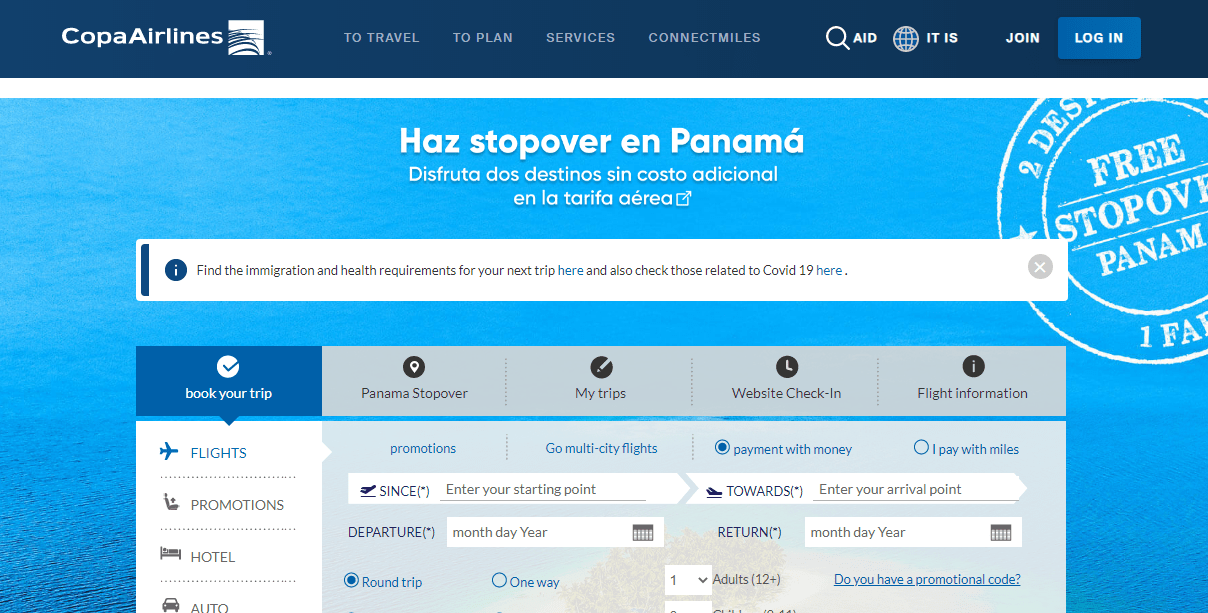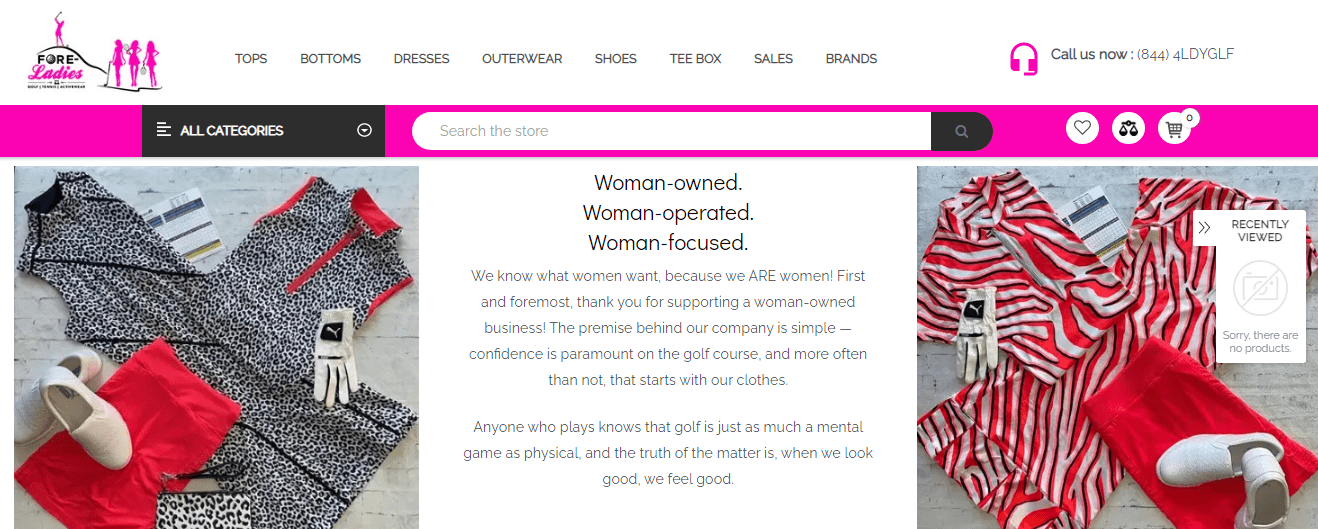This is a guest post by Skirmantas Venckus, Growth Hacker at Sender.net.
Email is one of the most powerful digital marketing channels.
With an impressive ROI of $38 for every $1 spent, it stands out from the rest — especially when compared to search and social media channels. As a result, investing in email marketing automation can pay off big time.
That said, you may have invested in email marketing but aren’t seeing great results, so this may be the time to get some inspiration from established businesses in various industries.
We've collected six email marketing automation case studies to give you examples of businesses that faced real-world challenges, how they implemented email automation to address them, and the results they achieved.
The good thing is email & SMS automation is so easy to set up. Check out how it looks within the Sender tool:

Image source: Sender
1. Draper James Increased the Number of First-Time Purchases 10X Using AI and Marketing Automation Software
Reese Witherspoon founded Draper James, a classic American lifestyle brand inspired by her Southern roots.
The company sells fashionable Derby wear, chic cardigans and blouses, and tailored dresses. They've also expanded their product set to include a sleepwear collection that offers matching chemises, sweatshirts, and sleep sets.

The Draper James marketing team discovered they were able to find high-quality leads to grow their email list, but they couldn't convert a large number of these leads to paying customers.
This problem could’ve occurred for multiple reasons -- uninspiring copy, poor image choice , lack of appropriate segmentation, a weak marketing funnel, and much more. So, the brand adopted Retention Science's AI and marketing automation software to help them solve the problem.
Using Retention Science's software, Draper James optimized their customer segments and managed to increase their first-time purchase conversion rate and drive successive conversions, increasing the number of first-time purchases 10X.
As a result, Draper James was able to achieve a 30% increase in repeat purchases and saved 10–15 hours every week in segmenting their customers and setting up automated stages.
Key Takeaways:
- 1High-quality leads, no matter how promising, still need to be nurtured and converted. If you’re generating a lot of promising leads, but aren’t seeing an increase in your conversion rate -- your marketing strategies need revising.
The first place to evaluate is your email marketing strategy. How are your lead-nurturing campaigns faring? The open and click-through-rates (CTR) will tell you if your leads resonate with your messaging or not.
- 2Marketing automation tools, like Uncanny Automator or Retention Science - can save you a lot of time, allowing for more productivity in higher-level tasks. Retention Science saved Draper James up to 15 hours a week.
- 3Improving low conversion rates requires in-depth experimentation and testing. By A/B testing your landing pages, email campaigns, and marketing funnels, you’ll pinpoint what is working for your marketing strategies, and what isn’t.
2. Premier Increased Its Open Rate by 73% Using Price Drop Trigger Automation
Premier is an online retailer that sells skateboarding equipment, apparel, and accessories. The company's founder, Eric Blanding, has run Premier for the past 20 years and has always relied on ecommerce to create unique shopping experiences for his customers.

Image source: Premier
In his 20 years of running an ecommerce store, Eric learned how to successfully send customized messages, based on preferences and interests, to his customers. However, he didn't have an automatic way of notifying his audience when he reduced the prices of his products.
So, Eric adopted Klaviyo’s email marketing solution with a new pre-built Price Drop Trigger automation.
The Price Drop Trigger automation helped him take a more proactive approach to sales by delivering discounted products directly to shoppers instead of his customers having to look for these discounted items. He was able to show customers products they already knew and were interested in but at a lower price, giving them a better reason to buy.
Eric decided to test the strategy first before fully committing to the Price Drop Trigger automation. He assessed a few of his subscribers and monitored how they responded to the Price Drop Trigger before expanding to more of his catalog.
During his experiment, he noticed a significant increase in open and click-through rates in just a few days — a 73% open rate and a 12% click-through rate.
Eric also noticed an almost instant increase in online sales. The price drop trigger earned $4,005 in the short time he used it.
Key Takeaways:
- 1Personalization is key. Study your customers’ purchasing behavior to understand their preferences and interests. Use these insights to send personalized product recommendations, offers, and email campaigns that are relevant to your customer segments.
- 2Discounts work when done well. If you’re running a special offer, don’t just put a banner on your website and hope your customers will find it. Send an email with details on the special offer, make the benefits stand out to your customers, and throw in a few personalized product recommendations. After that, send several spaced out follow-up emails until the offer is over.
- 3It pays to test. Eric tested the Price Drop Trigger automation before rolling it out completely - and you should do the same. Test new strategies with a small, measurable segment of your business to see if they’re worth investing in, or not.
3. PennStation’s Sales Increased by 50% After Implementing Marketing Automation
PennStation is an ecommerce brand that provides office supplies to small businesses in the Northeast United States. Due to increased competition, the company's customer base started to decline, so it needed to find ways to boost sales for current customers and re-engage former customers.
The company was dealing with an inefficient sales process that relied heavily on its sales reps reaching out to potential customers who hadn't expressed interest in its products. Customers were also not buying new products because they were unaware of them.
As a result, PennStation needed a marketing automation solution to:
PennStation adopted a marketing automation strategy that enabled them to monitor their sales from open leads (people who've expressed an interest in their products) to closed-won opportunities (sales deal that has reached the final stage of the sales cycle - purchase).
Doing so enabled them to cultivate relationships with current and former customers by segmenting them and creating drip campaigns to offer relevant content to those segments.
The brand also used dynamic web content to provide relevant and complementary products to its clients.
As a result, PennStation achieved amazing results:Key Takeaways:
- 1Use marketing automation tools to refine your sales process and lift the burden of repetitive tasks off of your sales and marketing reps. Tools like HubSpot, GetResponse, or HighLevel have in-built features that can help you pinpoint bottlenecks in your lead generation and nurturing strategies.
- 2Reach out to your former customers. With segmenting (and the help of marketing automation), PennStation sent relevant, personalized content (email campaigns, exclusive discounts, or even product recommendations) that resonated with former customers who may have felt neglected by the brand in the past. And it paid off.
- 3Keep your existing customers in the loop. When you release new products, or have special offers running, be sure to create an email marketing strategy to inform your existing customers and incentivize them to buy.
4. Copa Airlines Had a 14% Boost in Revenue After Cleaning Up Their Email List
Panama-based Copa Airlines is the leading airline in Latin America for transporting cargo and passengers. The company wanted to boost engagement and user interaction while reducing the time and effort required to complete ongoing and new marketing tasks.

Image source: Copa Airlines
The airline had a large database full of inactive contacts that affected the brand's KPIs. This resulted in higher costs per send since inactive contacts were costing money but contributing nothing to increasing ticket sales.
To combat this problem, Copa Airlines developed a clean-up program that excluded inactive users and only sent emails to active subscribers.
Doing so helped them to:
As a result, Copa Airlines achieved impressive results:
Key Takeaways:
- 1Flush your email lists. Keeping inactive subscribers in your mailing list hurts your email deliverability, makes it more expensive to maintain your list, and increases the chances of your emails ending up in the Spam folder. Remove these subscribers regularly and only send emails to active subscribers who open your emails.
- 2Personalize your email campaigns. Including personalized content like real-time fare updates, flight routes, and pricing gave Copa’s subscribers more reason to open and engage with their emails. What relevant content can you include in your emails, to grab your subscribers’ interest?
- 3Leverage retargeting email campaigns. By re-engaging abandoned leads or customers with relevant offers, you can get them to come back and buy from your business. Relevant offers can be personalized product recommendations, discounts, etc.
5. Jessica Benzing Grew Her Fore Ladies Golf Business After Moving to a Marketing Automation Platform
Fore Ladies Golf is an online store that sells golf clothing for women. After migrating from a physical store to BigCommerce in May 2018, the owner, Jessica Benzing, immediately saw her sales increase.

Image source: Fore Ladies Golf
However, although her sales increased, Jessica had no idea which channels those sales were coming from. She also needed to check different dashboards on several platforms daily to track those sales, and doing so made it hard for her to stay on top of her ad spending and performance metrics.
Jessica needed a platform to help her learn who her customers were and the primary source of organic traffic. That way, she would know where to focus her marketing efforts to boost revenue and grow her business as a solo entrepreneur.
She adopted Glew’s marketing automation solution that helped her track and analyze her sales, Facebook and Google ads, and inventory on one platform.
After adopting the marketing automation solution, Jessica enjoyed:
As a result, she was able to:
Key Takeaways:
- 1Use a central hub or platform to track your business’ most important analytics, so you can easily make data-driven decisions to improve performance.
- 2Identify and leverage your high-performing customer acquisition channels. With the right marketing automation tool, you can pinpoint these channels in minutes. That way, you know which ones to focus on.
- 3Study your inventory reports regularly to manage your budget efficiently and ensure you always have stock at the right times.
6. Birdies Saw an 11% Increase in Open Rate and a 16% Increase in Conversion Rate Using Email Automation
Birdies is an ecommerce footwear company that produces comfortable, versatile, and stylish shoes.

Image source: Birdies
They implemented an email automation strategy that helped them fine-tune their content and marketing messages. As a result, they could learn which customers were ready to buy, who wanted comfort or style, and which customers were at risk of leaving.
With such information at hand, the marketing team was able to personalize their messaging and content and send emails at the appropriate times. For instance, they discovered that incentivizing customers to refer their friends with a $20 discount was an excellent customer retention strategy.
As a result, they saw an 11% increase in open rate, a 42% decrease in unsubscribe rate, and a 16% increase in conversion rate.Key Takeaways:
- 1Email automation can save you time and help you connect with leads or customers faster; increasing engagement and encouraging your leads to convert faster.
- 2Incentivizing customers to refer their friends to your business can be an effective customer retention strategy.
- 3Don’t neglect the metrics of your email campaigns. Study your open rates, click rates, and unsubscribe rates to understand what content resonates with your audience, and what isn’t working.
Automate Your Email Campaigns Today
Every business is unique. And the case studies above are some examples to inspire your own email campaigns. You just need to adjust the strategies depending on your business needs.
Also, if you want to manage repetitive tasks effectively, email marketing automation is your go-to choice. Getting the right email automation platform will help you manage your subscribers and make life easier for you.
Do you have more case studies that inspire you? Share the post with your answers.
About the Author
Skirmantas Venckus is a writer by day and reader by night. He hates talking about himself in the third person. He is also the growth hacker at Sender.net – the email marketing provider that is focused on user-friendliness, affordability, and utility.
You can find him on LinkedIn.





